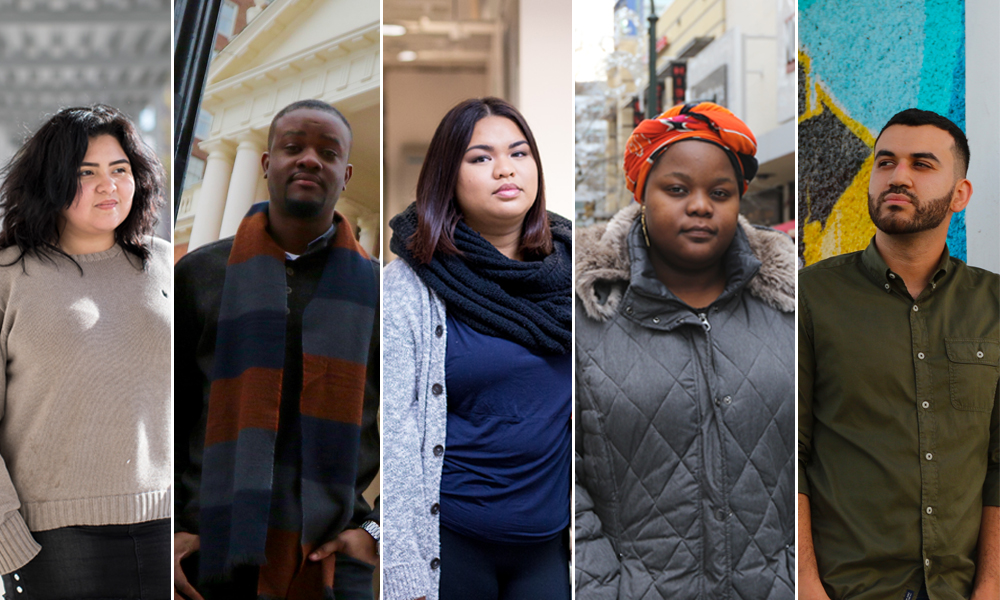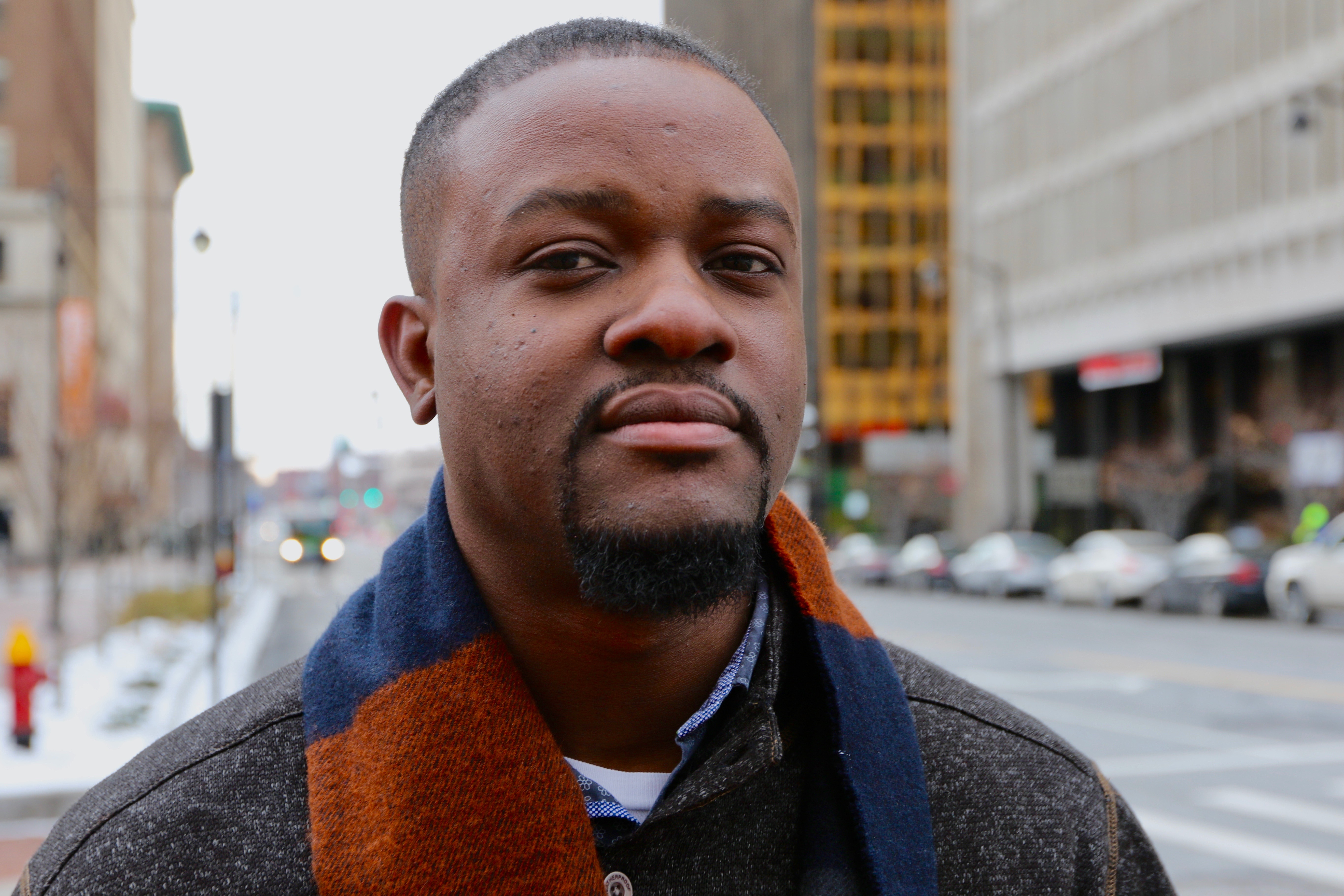A criminal justice and Africana studies student hopes to return to college after taking a break to save money for tuition. Now, she fears she will be priced out. A Texas high school senior must soon decide where she will go to college, but it’s unclear if she will be protected from deportation long enough to eventually go to law school. A California community college student dreams of transferring to a four-year university, but does not know what she will do with the degree if she cannot get a work permit.
At pivotal points in their lives, each of these students faces a complicated path to higher education and post-college life because many of their plans and dreams hinge on the fate of one federal program: Deferred Action for Child Arrivals, or DACA. Created in 2012 during the Barack Obama administration, DACA provided work permits and temporary protection from deportation to undocumented immigrants who were brought to the US as children.
For the latest in the series, visit DACA Diaries
Students make up nearly 40 percent of the nearly 700,000 beneficiaries of DACA, according to the Migration Policy Institute. For this core group, the program is a lifeline. It has made higher education possible and, often, they are the first in their families to attend college.
But on Sept. 5, 2017, President Donald Trump began to phase out DACA, arguing that the program bypassed Congress. Then, in early January, a federal judge in California partially blocked the Trump administration’s decision to end DACA. The ruling temporarily forces the government to continue DACA, at least partially. But the Trump administration has already appealed the ruling and says it will also petition the US Supreme Court to step in. For now, US Citizenship and Immigration Services will accept DACA renewal requests, but not new applicants.
Meanwhile, it’s uncertain if talks between the White House and Congress to strike a deal to offer these immigrants a way to stay in the US lawfully will succeed.
What’s clear is how the program has benefited its recipients — from giving them the ability to work legally so they can earn money for tuition to providing them with identification so they can apply for a Social Security number or a driver’s license. These may seem like routine pieces of paper to many young adults, but they represent a chance at success for undocumented students.
See all of Global Nation’s DACA coverage
Nearly 40 percent of DACA recipients are students in high school or college.
A large number of these students live in California and Texas, which together are home to nearly half of all DACA recipients.
| State | No. of DACA recipients | No. in high school (estimate) | No. in college (estimate) |
|---|
Only states with sufficient sample sizes are shown.
Indira Marquez Robles lives in Texas. She is 18 years old and a high school senior. She doesn't know if her DACA status will continue long enough for her to finish college, but she has submitted a renewal application anyway. Ultimately, she hopes to go to law school and become an immigration lawyer.
College affordability is a major barrier to higher education for DACA recipients.
Sixteen states and five university systems offer in-state tuition to undocumented immigrant students, while six states bar it. Here is a breakdown of where undocumented immigrant students can and cannot get in-state tuition rates:
These are the states that allow and ban in-state tuition for undocumented students.
- California
- Colorado
- Connecticut
- Florida
- Illinois
- Kansas
- Maryland
- Minnesota
- Nebraska
- New Jersey
- New Mexico
- New York
- Oregon
- Texas
- Utah
- Washington
Allowed by state legislation
- Hawaii
- Michigan
- Oklahoma
- Rhode Island
- Maine
Allowed by state university system
- Alabama
- Arizona
- Georgia
- Indiana
- Missouri
- South Carolina
Not available, explicitly banned
But state laws providing resident tuition rates are not a guarantee for all undocumented students.
Take Mwewa Mwange. She lives in Maryland, which passed a state law allowing in-state tuition for undocumented students. Mwange does not qualify for reduced tuition under the law, though, because it is restricted to students who have attended community college in their first years out of high school. She only received the resident rate after getting her DACA status.
In-state tuition is important for students like Mwange because the difference between in-state and out-of-state prices is vast. For example, tuition and fees for California residents at the University of California system paid about $4,000 per year in tuition and fees, compared to nearly $41,000 for non-resident students. (California provides anyone who applies for and is granted resident status with in-state tuition, regardless of immigration status).
DACA changes how people live, work and study.
Among DACA recipients, women are more likely than men to be in high school or college; men are more likely to have jobs. DACA-eligible women, compared to women overall, are less likely to work outside the home. But compared to undocumented women overall, those who are eligible for DACA are more likely to join the workforce.
Working while studying is crucial in order to pursue higher education for many people with DACA. Dustin Henderson, who lives in Connecticut and was born in Jamaica, says the program lets him support his family through his job as a bank teller while earning a computer science degree.
"If I don’t have a work permit, I can’t continue to work legally, either forcing me into unemployment or working under-the-table at jobs that underpay and exploit immigrants," he says. "Then I really wouldn’t have time for school."
DACA also brings Henderson some piece of mind. He worries about the disproportionate number of interactions black immigrants have with law enforcement. According to a report from the advocacy group Black Alliance for Just Immigration, black immigrants are just 5.4 percent of undocumented people in the US and 7.2 percent of the total noncitizen population. Yet they make up 10.6 percent of all immigrants who were being in removal proceedings — in the process of being deported — between 2003 and 2015 (PDF).
Attending a traditional, four-year college would have required Henderson to turn in paperwork and information to school officials, which he worries could expose his immigration status. So he is instead attending a free online university called University of the People.
Jasiel López is also juggling both school and work at his family’s yacht repair shop in Fort Lauderdale, Florida. For him, the end of DACA triggers one immediate worry: Commuting to school without a license could put him in the path of law enforcement and possible deportation.
DACA increases the wages of its recipients.
Most undocumented immigrants who are not eligible for DACA do manual labor, while DACA-eligible immigrants are more likely to have white-collar occupations, such as jobs in sales, offices and administrative support.
Geneva Reyes, a 23-year-old in Daly City, California, who was born in the Philippines, wonders whether her effort to transfer from a community college to a four-year university makes sense if she cannot get a work permit after graduation. The uncertainty makes it hard for her to invest in her future.
Most DACA recipients come from Mexico, El Salvador or Guatemala.
While the majority of DACA recipients hail from Mexico and Latin America, others are from Asia, Africa, the Caribbean and other parts of the world.
Marquez Robles, Mwange, Henderson, López and Reyes represent the cultural and educational diversity of DACA recipients. Connected by uncertainty around DACA, they now ride a political rollercoaster to see what the future holds for them and their education in the US.
This series was reported by Kenya Downs, Monica Campbell and Alyssa Perry Jeong, with photography by Downs, Michelle Le and Marie D. De Jesús. Data visualizations are by Sophie Chou, with editing by Marnette Federis, Campbell and Angilee Shah. Social media elements and discussions are led by Allison Herrera. The series is supported in part by the Lumina Foundation.



